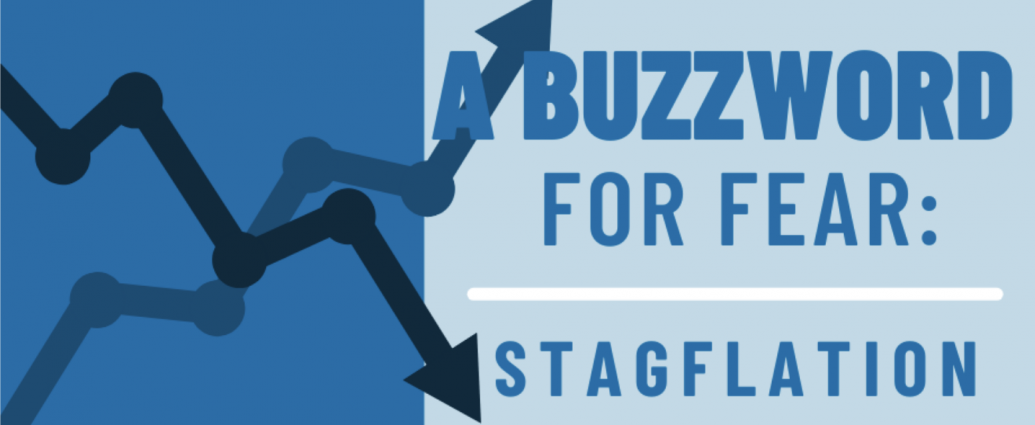Big Question Mark in the Stock Market
Recently, the stock market has experienced big wins. Economists argue that this increase can be correlated to the fact that, in October, the consumer price index went down to 3.2 percent. The slowed consumer price index is rooted in a campaign by the Federal Reserve, which wishes to “kill inflation” by lowering rates. There is a big debate among economists concerning whether this upward-moving stock market can be backed by economic indicators.Continue Reading



